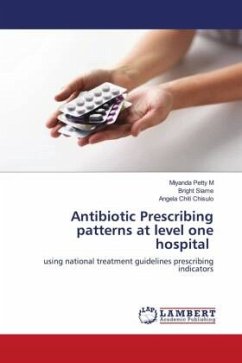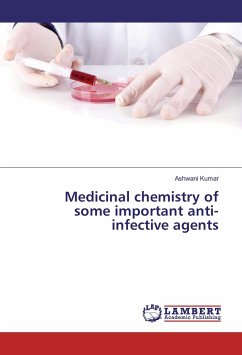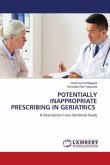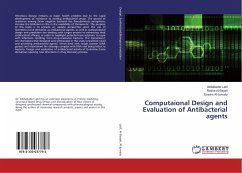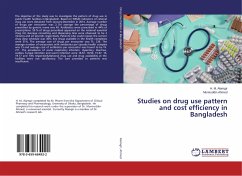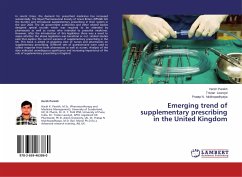To identify the pattern of drug utilization of antibacterial agents in prescriptions of the pediatrics patients. A prospective, observational, non-randomized, multi-centric study was carried out on 262 pediatric patients in Avani children hospital and Lions general hospital at Mehsana. A total of 262 patients(66.03%) males and (33.96%) females were enrolled. A large number of patients were prescribed (64.5%) two antibiotics followed by one antibiotic (17.93%), three antibiotics (15.64 %), four antibiotics were prescribed in (1.9%) of patients. A most prevalent indications for the use of ABDs were acute bronchitis (46%), fever-cough (32%), pneumonia (30%), convulsion (30%) diarrhoea (23%). All the ABDs were widely prescribed by brand name over generic name in the parenteral dosage form and cephalosporins (41.44%), aminoglycoside (32.75%), penicillin derivatives (17.81) were remained the prefer choice for pediatric patients.A wide spectrum of clinical disorder was noticed in the pediatric patients below 5 years. More number of ABDs were prescribed by parenteral route from NLEM-2011 list, showing good essentiality.



